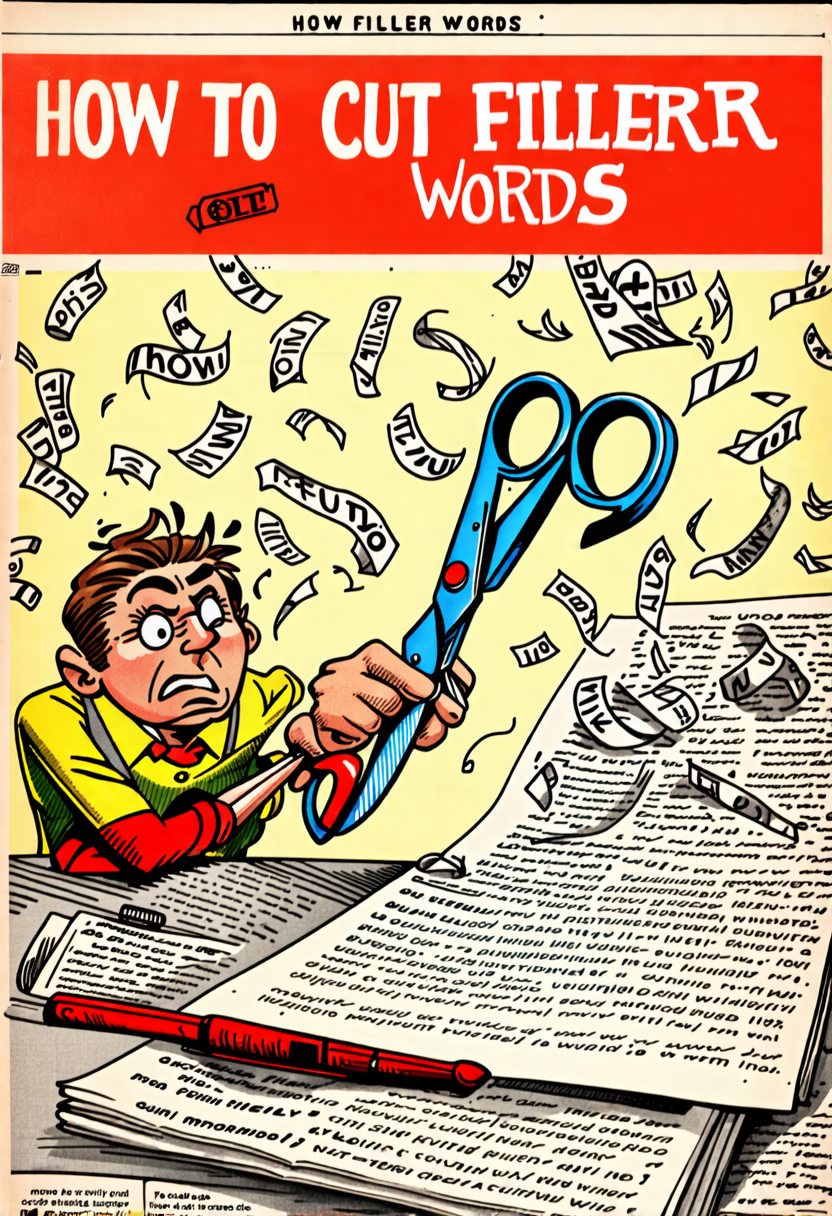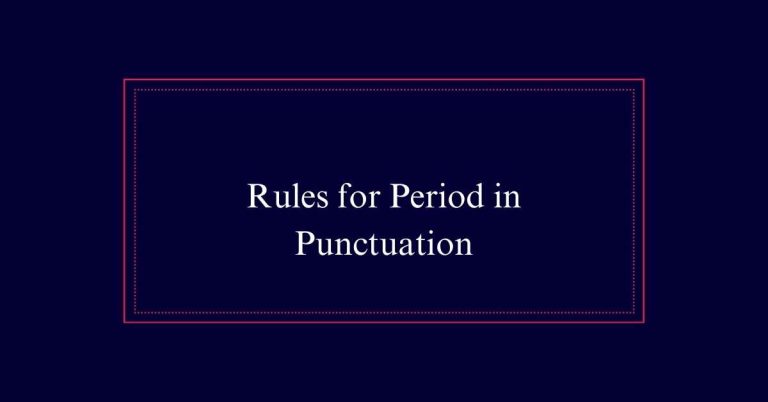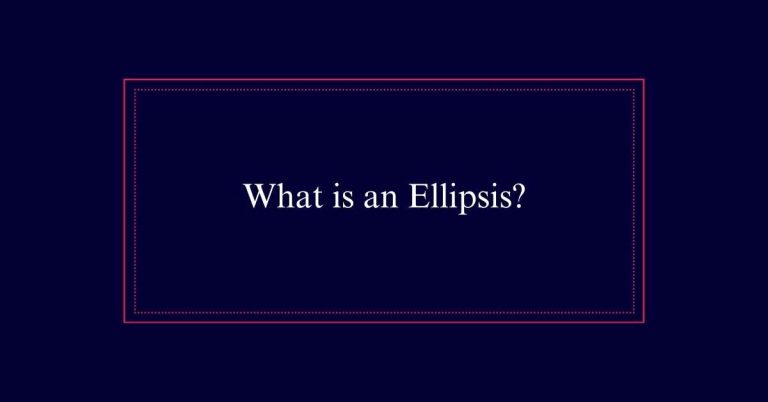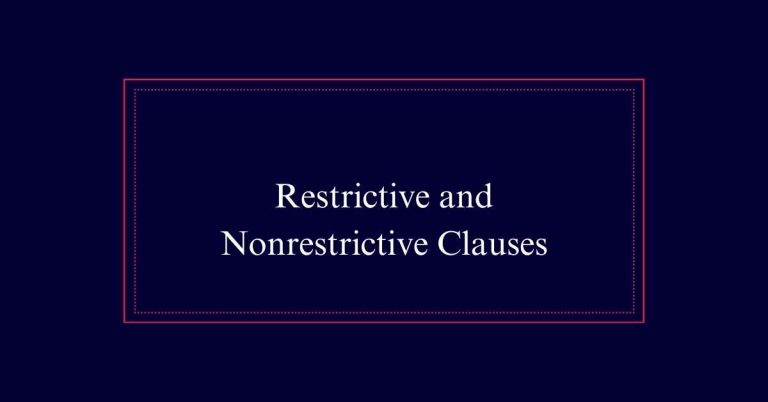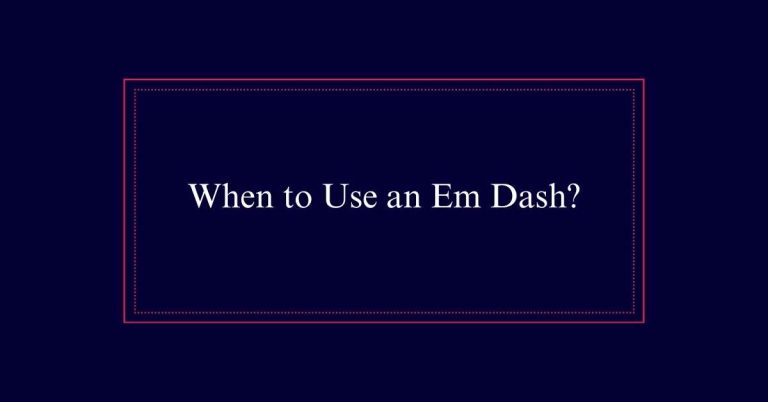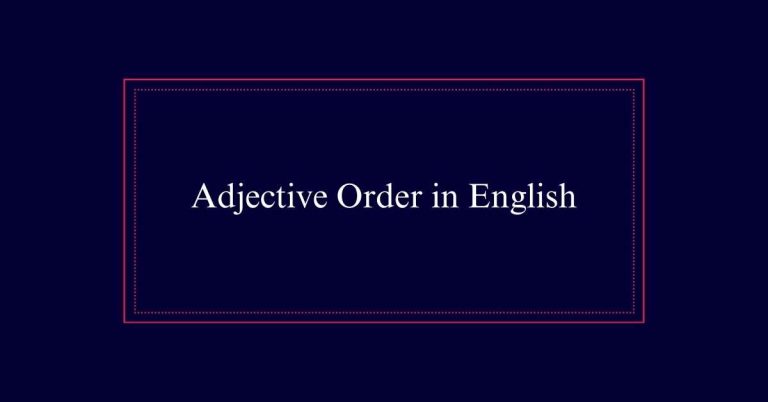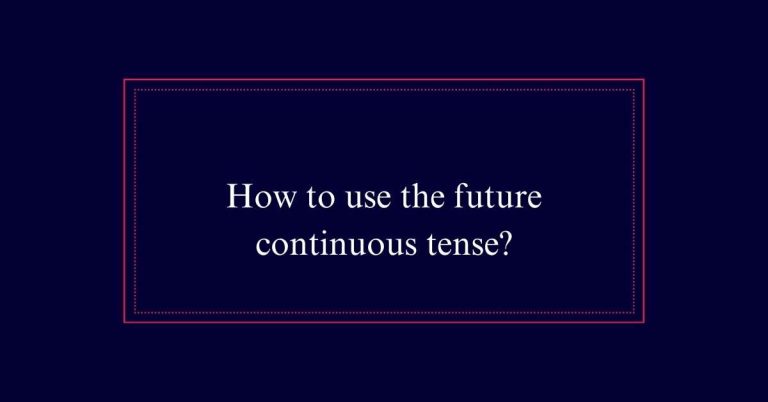How to Cut Filler Words?
Filler words like ‘um,’ ‘like,’ and ‘you know’ are often used subconsciously in speech and writing. They help manage conversation flow but can compromise clarity and make one seem unprepared. To cut filler words, first identify them in your communication.
Practice pausing instead of saying a filler word. In writing, edit sentences to remove unnecessary words and simplify complex phrases. Focus on clear and concise expression to maintain listener or reader engagement.
Understanding Filler Words
Filler words, such as ‘um,’ ‘like,’ and ‘you know,’ are often used subconsciously to fill pauses in speech. These words serve as placeholders while the speaker organizes thoughts. They are unintentional and help manage the flow of conversation.
Filler words can also reflect the speaker’s mood or level of certainty. Although most common in spoken language, filler words can appear in writing as well. They act as delays, giving the speaker time to think. However, in writing, they often manifest as unnecessary phrases or clichés.
Impact on Communication
The presence of filler words can greatly undermine the effectiveness of communication. These extraneous words distract listeners and dilute the main message.
Frequent use of filler words can make the speaker appear unprepared or uncertain. This reduces the audience’s confidence in the speaker’s knowledge and credibility.
Additionally, filler words may interrupt the natural flow of conversation, causing confusion and loss of interest.
Filler Words in Writing
In writing, unnecessary words can clutter sentences and obscure the main message. Filler words often appear as clichéd phrases, accidental inclusions, or intentional padding to meet word counts. Editing is essential to remove these superfluous elements.
Differentiating between essential connections and fillers is vital. Avoid over-editing to maintain content integrity.
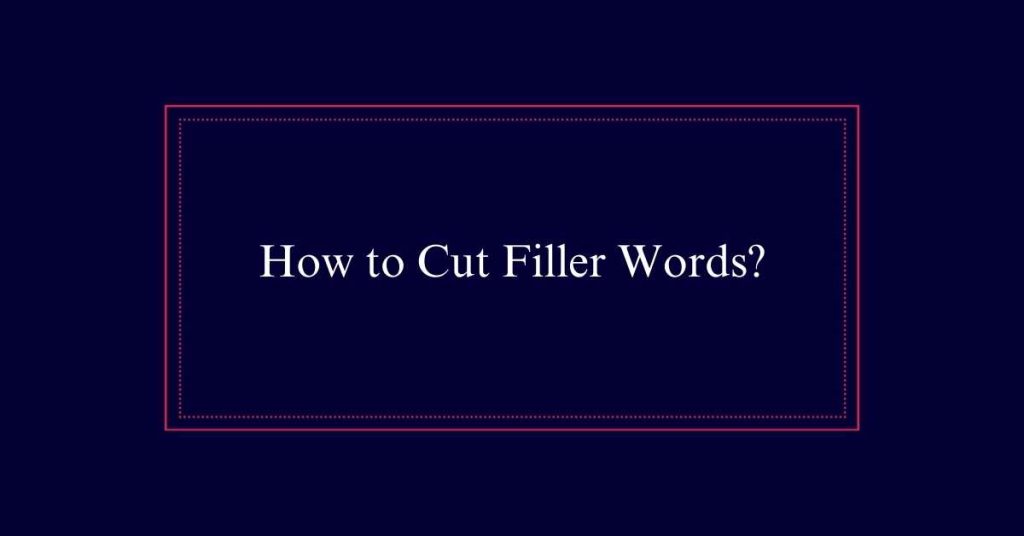
To refine your writing, consider these tips:
- Eliminate redundant words: Remove phrases that add no value.
- Be concise: Express ideas in the fewest words possible.
- Use strong verbs and nouns: They convey meaning without extra words.
- Read aloud: Hearing your work can highlight unnecessary words.
- Seek feedback: Others can spot filler words you might miss.
Common Filler Words
Common filler words often slip into speech and writing unnoticed. These words include ‘um,’ ‘uh,’ ‘like,’ and ‘you know.’ They serve no substantive purpose and can distract from the main message.
In writing, words such as ‘very,’ ‘really,’ and ‘just’ often add little value. Phrases like ‘in order to’ can usually be simplified to ‘to.’
Filler words are also found in casual conversation, where expressions like ‘I mean’ and ‘basically’ frequently appear. While they can sometimes reflect a speaker’s thought process, overuse can make communication seem less confident and clear.
Identifying Filler Words
Recognizing filler words is the first step towards more effective communication. Filler words often sneak into our speech and writing, diluting the message. Identifying these words can help us communicate more clearly and succinctly.
Common filler words include:
- ‘Um’ and ‘uh’: Used when thinking about what to say next.
- ‘Like’: Frequently inserted unnecessarily in casual speech.
- ‘You know’: Often used to seek validation or agreement.
- ‘Just’: Typically used to downplay a statement.
- ‘Really’ and ‘very’: Adverbs that add little to the meaning.
Reducing Filler Words
Eliminating filler words enhances the clarity and impact of communication. Start by identifying the filler words you commonly use. Practice speaking more slowly to give yourself time to think.
Embrace silence rather than feeling the need to fill every pause. Recording and listening to yourself can help you become more aware of unnecessary words.
In writing, thorough editing is essential. Read your work aloud to spot filler words more easily. Replace them with more precise language or remove them entirely.
Benefits of Clear Speech
Clear speech enhances understanding and fosters effective communication. When ideas are conveyed clearly, listeners or readers can grasp the message without confusion or misinterpretation. This leads to more productive and meaningful interactions.
The benefits of clear speech are numerous:
- Improved Comprehension: Listeners can easily follow and understand the message.
- Increased Credibility: Clear speech shows confidence and knowledge.
- Efficient Communication: Time is saved as the message is delivered directly.
- Enhanced Professionalism: Clear speech reflects well on the speaker or writer.
- Better Engagement: Audience remains attentive and interested.
Editing for Conciseness
To achieve concise writing, focus on removing unnecessary words and phrases. Start by identifying filler words and redundant expressions in your text. Words like ‘very,’ ‘really,’ and ‘just’ often add little value and can be omitted.
Replace lengthy phrases with single words where possible. For instance, use ‘because’ instead of ‘due to the fact that.’ Also, eliminate repetitive ideas that do not add new information.
Editing for conciseness involves more than deleting words. Make sure each sentence conveys a clear idea. Read your writing aloud to spot awkward or verbose sections. Use active voice and strong verbs to make your writing more direct.
